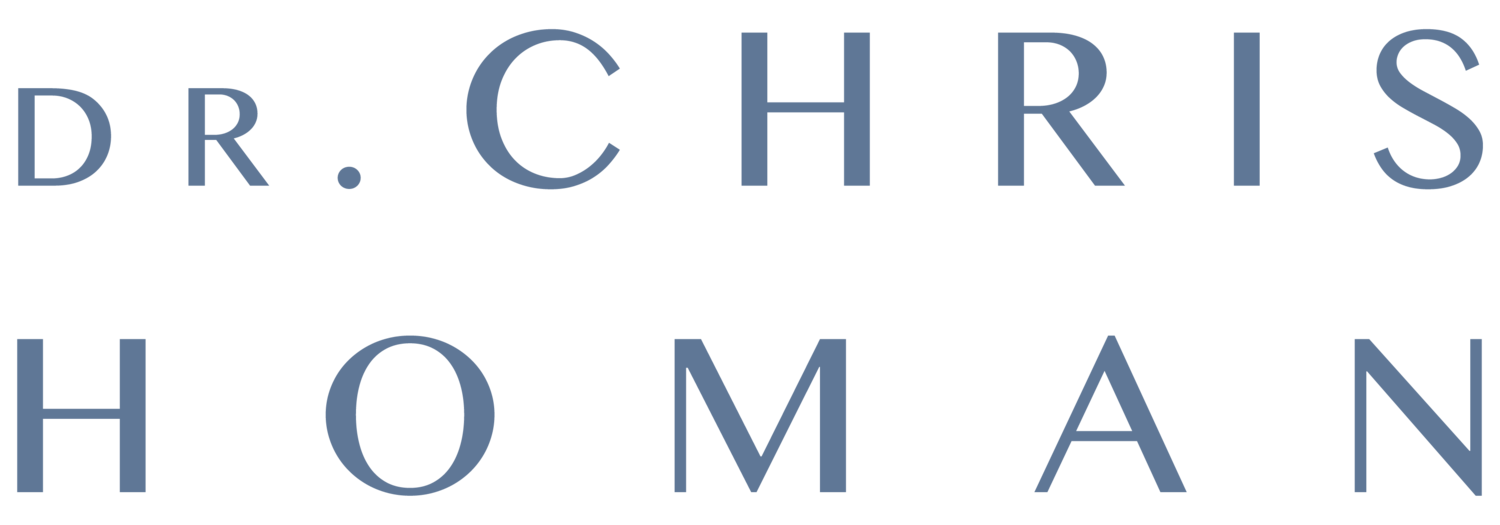Whilst stress does not directly cause body pain, it does tend to be the “wind that fans the flames”. The pain experience of any individual is likely to be worse at times of higher stress than at times of lower stress.
Chronic activation of the stress response can occur in reaction to psychological, physical or immune stimuli. It is associated with a number of body changes that tend to increase the likelihood and severity of body pain. These include:
Postural changes – “defensive” position of hunched shoulders and forward head. This requires sustained contraction of the neck and yoke muscles, which is what people probably mean when they say that they “hold their stress in their neck and shoulders”. The chronic shortening of these muscles leaves them at risk of producing overload pain that refers to the neck and head.
Stress breathing – the “emergency” recruitment of the neck base muscles to assist with breathing is a hard-wired part of the stress response. This moves breathing into the top of the lung, blowing off more carbon dioxide and changing the body’s pH. This decreases the firing threshold of nerves and muscles, leaving them on a “hair trigger” and ready to flee from a saber tooth tiger. Unfortunately, chronic use of stress breathing places nerves and muscles at higher risk of pain.
Increased brain activity – brain function increases under stress, presumably to help us respond better to threats. This particularly involves the more primitive parts of the brain where pain is processed. Stress activation is therefore likely to increase pain processing and amplification.
Stress management in pain management
It can be difficult, if not impossible, for a patient to be free of their body pain whilst their stress system remains on high alert. There are two principal strategies to reduce stress:
Positive life choices to reduce exposure to stress-inducing situations. E.g. decide not to pursue a work role that is likely to increase stress activation.
Develop strategies and skills to reduce the activation of the stress system in any situation. Stress is not what happens to us, but rather how we respond to it.
STRESS REDUCTION TOOLS
Education – understanding the pain amplifying / perpetuating role of stress is the first step in patients reducing their stress activation.
Counselling – develop strategies to better manage “stress-inducing” situations.
Mindfulness/meditation – practice strategies to “quiet the mind”. Being in the “present” means that you aren’t worrying about the past (depression) or the future (anxiety).
Tummy breathing – breathing with the diaphragm reverses respiratory effects of stress, relaxes the yoke muscles and has been shown to immediately slow the brain wave frequency.
Medications – e.g. antidepressant / anti-anxiety medications can be helpful.
Heat – warm baths/saunas have been shown to reduce the level of stress chemicals in the body.
Dr. Chris Homan
MBBS FRACGP FACRRM DRANZCOG PGDipMSM(Otago)

